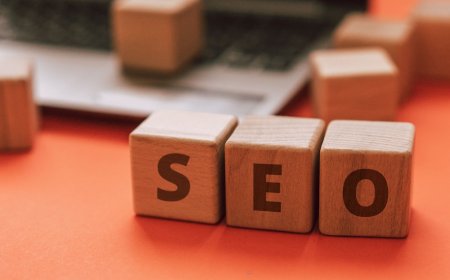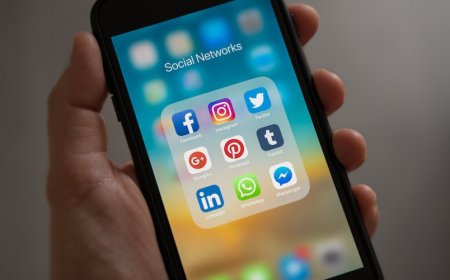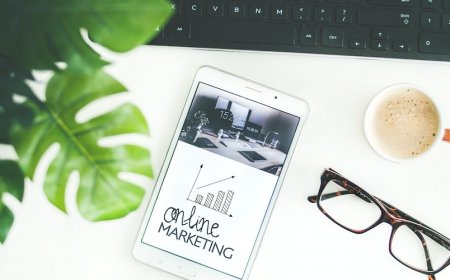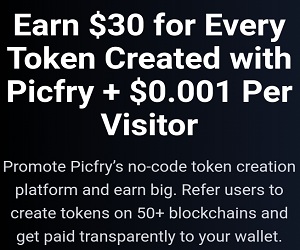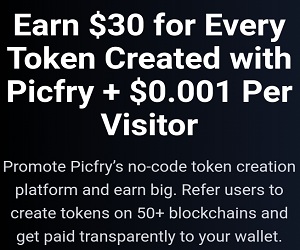The Art of Persuasive Copywriting

Persuasive copywriting is the art of using language and persuasive techniques to influence and persuade readers to take a desired action. Whether you're writing sales copy, marketing emails, landing pages, or advertisements, the goal is to captivate your audience, highlight the benefits of your product or service, and convince them to make a purchase or engage with your brand. Here are some key principles and techniques to help you master the art of persuasive copywriting:
-
Know your audience: Understand your target audience's needs, desires, and pain points. Conduct research to gain insights into their demographics, motivations, and preferences. This understanding will allow you to tailor your copy to resonate with their specific interests and address their unique challenges.
-
Create a compelling headline: Your headline is the first impression and can make or break your copy's success. Craft a headline that grabs attention, sparks curiosity, and promises a benefit or solution. Use powerful words, numbers, and compelling statements to draw readers in and make them want to read further.
-
Highlight benefits: Focus on the benefits your product or service provides rather than just listing features. Explain how your offering solves a problem, saves time, improves lives, or enhances experiences. Paint a vivid picture of the positive outcomes your audience can expect, and demonstrate how your offering can fulfill their desires or alleviate their pain points.
-
Use persuasive language: Choose your words carefully to evoke emotions and create a sense of urgency or desire. Incorporate power words that elicit strong emotions, such as "discover," "unleash," "transform," or "exclusive." Use sensory language to make your copy more vivid and engaging, appealing to the reader's senses.
-
Utilize social proof: People tend to follow the actions and opinions of others. Incorporate testimonials, reviews, case studies, or success stories to demonstrate that others have had positive experiences with your product or service. This social proof builds trust and credibility, making it more likely for readers to take action.
-
Employ storytelling: Stories have a powerful impact on our emotions and can be highly persuasive. Weave a compelling narrative that connects with your audience's experiences and aspirations. Use storytelling techniques to illustrate how your product or service has transformed someone's life or solved a problem. This emotional connection makes your copy more relatable and persuasive.
-
Create a sense of scarcity or urgency: People are motivated by the fear of missing out or the desire to act quickly. Incorporate scarcity or urgency in your copy to create a sense of exclusivity or time sensitivity. Limited-time offers, countdowns, or statements like "only X left" can push readers to take immediate action.
-
Address objections and provide solutions: Anticipate and address potential objections or doubts your audience may have. Proactively provide information, evidence, or guarantees that alleviate their concerns. By overcoming objections, you build trust and remove barriers to action.
-
Call to action: Clearly state what action you want your readers to take and make it easy for them to do so. Use strong, action-oriented language in your call to action (CTA) buttons or statements. Create a sense of urgency by emphasizing time-limited offers or limited availability.
-
Edit and revise: Effective copywriting requires careful editing and revision. Trim unnecessary words, ensure clarity and readability, and eliminate any distractions that may divert attention from your main message. A well-polished and concise copy is more persuasive and impactful.
Remember, the key to persuasive copywriting is to understand your audience, build a strong connection, and present your product or service as the solution to their needs or desires. Continuously test and refine your copy based on feedback, data, and insights to improve its persuasive effectiveness.
What's Your Reaction?









